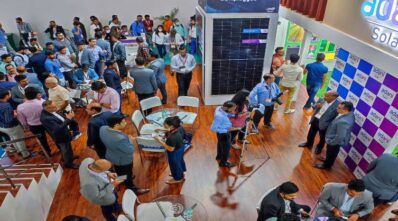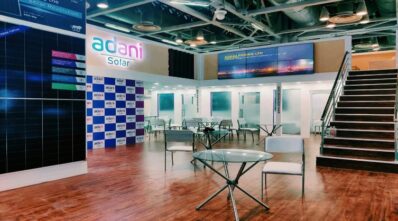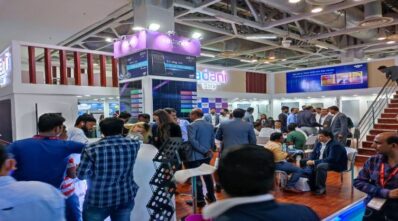Our vision is a fully integrated solar manufacturing supply chain in India by 2025
By EPR Magazine Editorial November 7, 2022 7:14 pm IST
By EPR Magazine Editorial November 7, 2022 7:14 pm IST

In an interaction with EPR Magazine, Rahul Bhutiani, Head-Sales and Marketing Adani Solar discussed the plans to increase the solar manufacturing capacity of from 4 gigawatts to 10 gigawatts and integrate backwards into the value chain to create a fully integrated 10 GW capacity from MG silicon to Modules.
Innovations displayed at REI.
Currently, we have a 2 GW of MonoPERC modules which are in the bin range of 530 to 545 Wp. We are also planning to build a new manufacturing facility of 2 GW where we will be bringing the N-Type Topcon technology which will give higher power efficiency ratings of up to 570 Wp. This will be available from June 2023.

Enhancing the efficiency and reliability of solar panels and modules
One of the key differences in the N-type Topcon technology is efficiency. It produces a considerably greater Wp with the same surface area. So instead of the MonoPERC’s 535-540 Wp. the TOPCon technology allows us to offer 570 Wp. It also has superior temperature coefficient and higher bifaciality. So, all these factors will help make it more suitable for large utility-scale projects and provide lower LCOE. We believe the world will move towards high-efficiency modules because ultimately space is a constraint everywhere. Space on rooftops and land is limited and so the more power you generate from the same area, the better it will be for the success of the projects.
Measures to reduce solar module weight
The size of the modules has progressively increased, which creates its own challenges in terms of weight and dimensions. Earlier, a module of 300–330 Wp could be easily managed or lifted by one person, but now it becomes difficult for even two people to handle the module’s weight and size. But I think the industry will adapt itself to these challenges. On the module manufacturing side, there are some steps that are being taken to ensure that we keep the module weight in control. So, some R&D is going on to give the incremental differences in the frame structure. If you look at thinner glass or different design of aluminium frame it can play a major role in reducing the module’s weight. So, research is happening that can somewhat reduce the module’s weight.

Is India’s energy secure?
 Grid security
Grid securityWe use cookies to personalize your experience. By continuing to visit this website you agree to our Terms & Conditions, Privacy Policy and Cookie Policy.